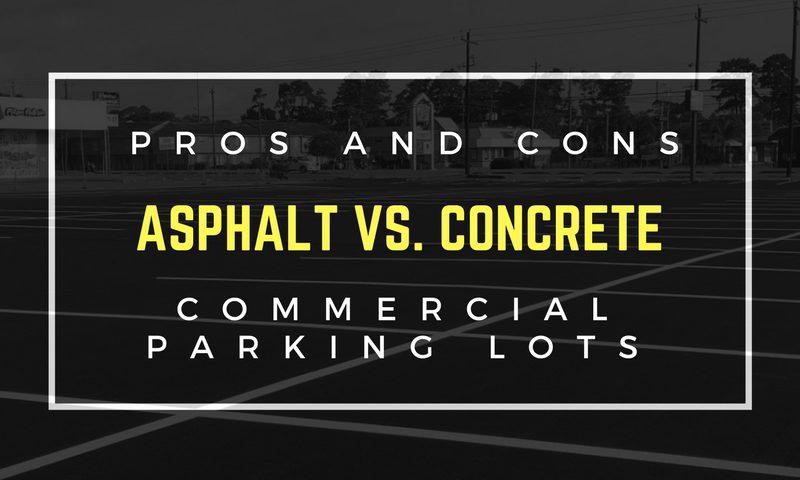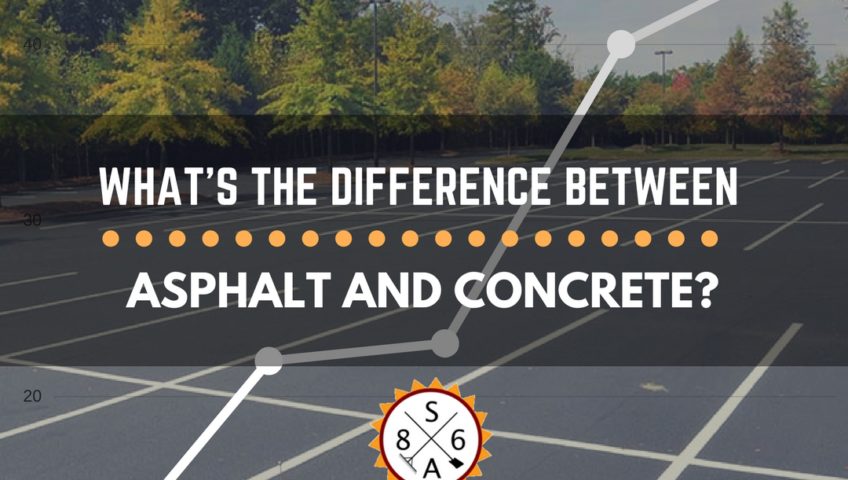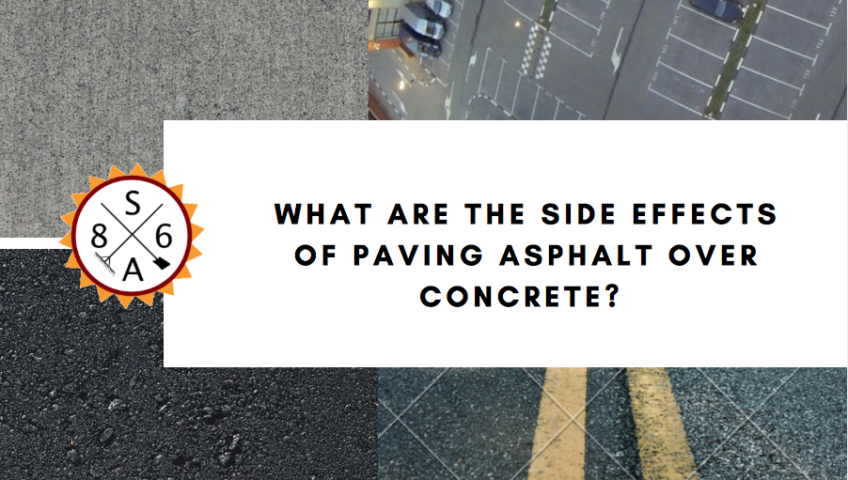
Top 5 Tips for Working with Concrete
Concrete has revolutionized operations in the construction industry. It allows both contractors and DIY enthusiasts to easily build walkways, driveways, and other projects without dealing with sophisticated storage procedures. Although working with concrete may seem intimidating to newbies, it is simple and straightforward if you adhere to best practices. Here are the top five tips that will ensure that your concrete project looks great and lasts longer.
1. Include an Additive to Make It Easier to Mix
You don’t have to spend a lot of money buying the most expensive concrete to achieve better results. As a DIY enthusiast, you can begin with the affordable concrete bag from your local hardware. You can stick to the typical mix concrete for simple projects since it doesn’t require additives.
However, if you are working on a large and sophisticated project, add a plasticizer to your concrete since it helps the cement to mix and flow easily. This ensures that the concrete mix gets into all the desired areas. Keep in mind that there is no magic when it comes to drying your concrete. Do not add anything to speed up or slow down the drying time since it may be catastrophic in future. If you’re working in areas that experience hotter temperatures, use a tarp to cover up your mold as it dries.
2. Use Proportionate Amounts of Water
When mixing your concrete, pour a small amount of water into the mixture first and mix for a few minutes until the whole amount of water is absorbed and add more water gradually as you mix. If you add an excessive amount of water at once, the mixture will become runny and hard to deal with. You should also spare a small amount of dry concrete just in case the mix becomes too thin.
You should use either a spade or a flat shovel for mixing. Add water to one side of the mixing tray or wheelbarrow and pull the concrete into it a little amount at a time to ensure that all particles get absorbed. Resist the urge of using a hosepipe to spray water on your mix.
3. Choose the Right Molds for Better Results
Mold materials that produce the best results are usually made out of melamine. Avoid using cardboard as mold since water tends to seep under creating a rough finish. However, in a melamine material, the water can’t escape since it’s non-porous. Instead, your concrete will mimic the melamine’s smooth and attractive look resulting in a perfect finish. No matter the kind of material you choose, just make sure that you make a mold that is strong enough to sustain the heavy concrete.
4. Remember to Wear PPE Before You Start Working with Concrete
Personal protective equipment is essential when working with concrete. It should have both elbow and knee pads, waterproof gloves, dust masks, goggles, and knee-high footwear. Make sure that you put on long pants and long-sleeved shirts when handling wet concrete. Keep in mind that exposure to damp concrete may result in third-degree burns and severe irritation if you aren’t protected adequately.
5. Choose the Right Finish to Make Your Project Look Impressive
Most people tend to think that they have limited options when it comes to the overall appearance of their concrete. However, the truth is that there are lots of simple solutions that can make your concrete project look more attractive, custom, and expensive. Concrete dyes, stamping, and acid stains can all create that impressive look. Polish your concrete with an orbital sander for a smooth finish.
Concrete has revolutionized operations in the construction industry. It allows both contractors and DIY enthusiasts to easily build walkways, driveways, and other projects without dealing with sophisticated storage procedures. Although working with concrete may seem intimidating to newbies, it is simple and straightforward if you adhere to best practices. Here are the top five tips that will ensure that your concrete project looks great and lasts longer.
1. Include an Additive to Make It Easier to Mix
You don’t have to spend a lot of money buying the most expensive concrete to achieve better results. As a DIY enthusiast, you can begin with the affordable concrete bag from your local hardware. You can stick to the typical mix concrete for simple projects since it doesn’t require additives.
However, if you are working on a large and sophisticated project, add a plasticizer to your concrete since it helps the cement to mix and flow easily. This ensures that the concrete mix gets into all the desired areas. Keep in mind that there is no magic when it comes to drying your concrete. Do not add anything to speed up or slow down the drying time since it may be catastrophic in future. If you’re working in areas that experience hotter temperatures, use a tarp to cover up your mold as it dries.
2. Use Proportionate Amounts of Water
When mixing your concrete, pour a small amount of water into the mixture first and mix for a few minutes until the whole amount of water is absorbed and add more water gradually as you mix. If you add an excessive amount of water at once, the mixture will become runny and hard to deal with. You should also spare a small amount of dry concrete just in case the mix becomes too thin.
You should use either a spade or a flat shovel for mixing. Add water to one side of the mixing tray or wheelbarrow and pull the concrete into it a little amount at a time to ensure that all particles get absorbed. Resist the urge of using a hosepipe to spray water on your mix.
3. Choose the Right Molds for Better Results
Mold materials that produce the best results are usually made out of melamine. Avoid using cardboard as mold since water tends to seep under creating a rough finish. However, in a melamine material, the water can’t escape since it’s non-porous. Instead, your concrete will mimic the melamine’s smooth and attractive look resulting in a perfect finish. No matter the kind of material you choose, just make sure that you make a mold that is strong enough to sustain the heavy concrete.
4. Remember to Wear PPE Before You Start Working with Concrete
Personal protective equipment is essential when working with concrete. It should have both elbow and knee pads, waterproof gloves, dust masks, goggles, and knee-high footwear. Make sure that you put on long pants and long-sleeved shirts when handling wet concrete. Keep in mind that exposure to damp concrete may result in third-degree burns and severe irritation if you aren’t protected adequately.
5. Choose the Right Finish to Make Your Project Look Impressive
Most people tend to think that they have limited options when it comes to the overall appearance of their concrete. However, the truth is that there are lots of simple solutions that can make your concrete project look more attractive, custom, and expensive. Concrete dyes, stamping, and acid stains can all create that impressive look. Polish your concrete with an orbital sander for a smooth finish.




